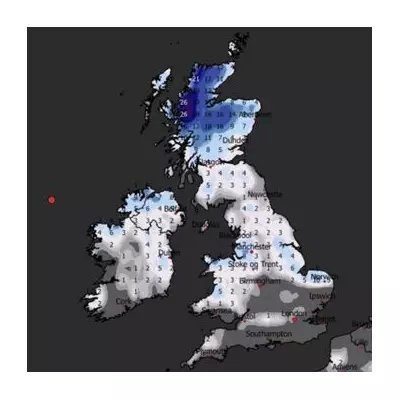
Tropical Storm Erin has officially formed off the eastern seaboard of the United States, marking the fifth named storm of the 2024 Atlantic hurricane season. The storm is currently churning in the Atlantic, with meteorologists closely monitoring its trajectory.
Current Status and Projected Path
As of the latest update, Erin is packing sustained winds of 40 mph (65 km/h) and is moving northwest at 12 mph (19 km/h). While the storm remains offshore, forecasters warn it could bring heavy rainfall and gusty winds to coastal areas from the Carolinas to New England over the coming days.
Potential Impacts
- Coastal flooding in low-lying areas
- Dangerous rip currents along beaches
- Possible power outages from strong winds
- Disruption to maritime activities
Preparations Underway
Emergency management officials in several states are advising residents to:
- Review emergency plans
- Secure outdoor furniture and objects
- Monitor local weather updates
- Prepare emergency kits
The National Hurricane Center continues to issue regular advisories as the storm develops. While current models show Erin remaining offshore, even a slight westward shift could bring more significant impacts to land.
Historical Context
This marks the third time the name Erin has been used for a tropical storm in the Atlantic basin. Previous storms with this name in 2001 and 2019 caused minimal damage.
Meteorologists note that while late August typically sees increased tropical activity, the 2024 season has been relatively quiet until now. Experts continue to monitor ocean temperatures and atmospheric conditions that could influence storm development in the coming weeks.





